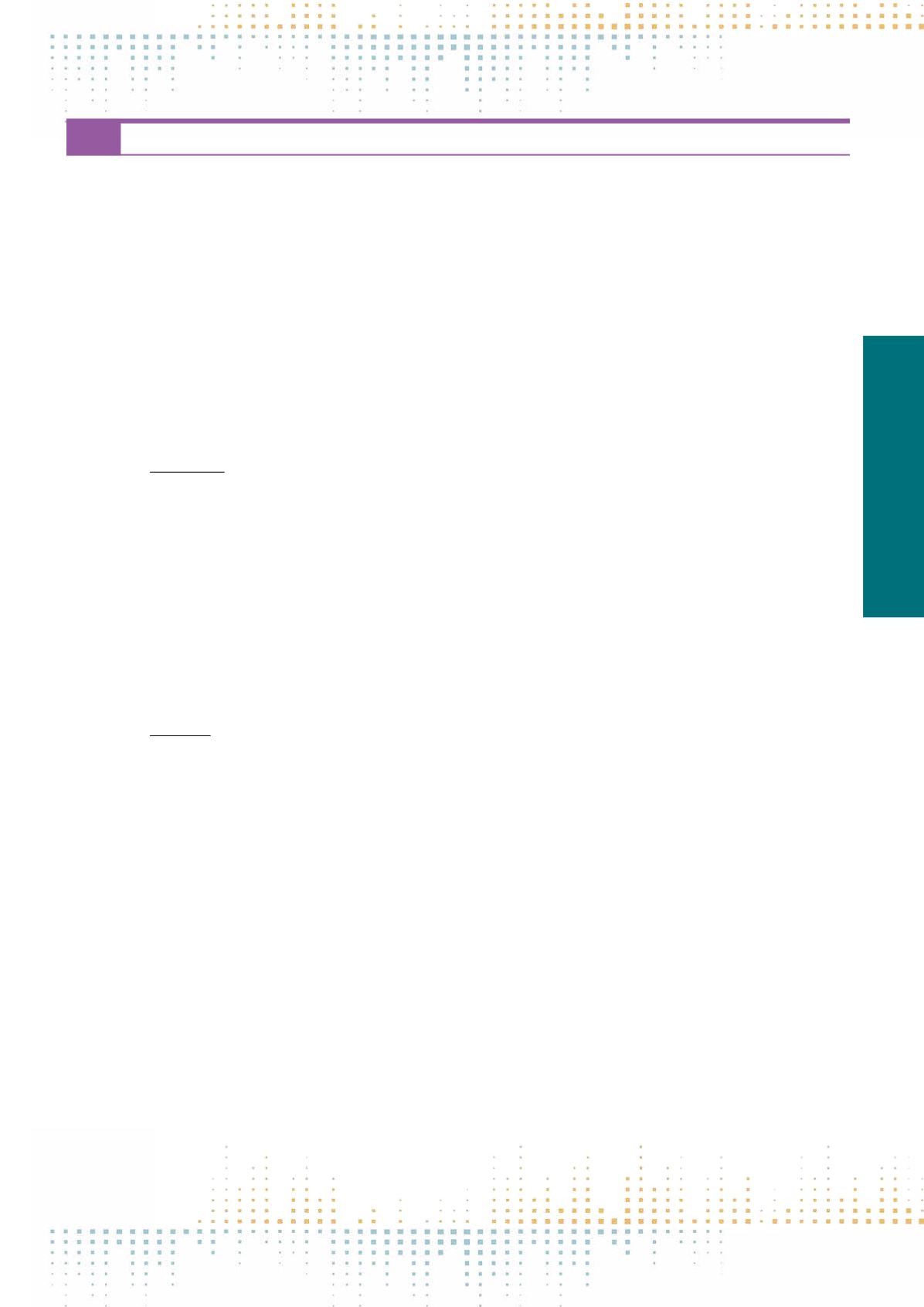

605
Saturday, November 12
1 6 : 0 0 – 1 7 : 3 0
ADR02
Current Issues of Advertising Research II
P. Núñez
1
1
Complutense University of Madrid, Madrid, Spain
In this panel we want to explore current contributions within the field of advertising research. The aim is to shed some light on their respective thematic
scope and methodological basis. The different presentations cover a wide spectrum of theoretical and methodological approaches and thus give a good
overview over different topics and trends within the field of advertising research. In the first
presentation Ramón Martín and José Fernández Cavia will
present research on the question how media agencies are reacting to the new media ecosystem and how new business models are growing in the field
of advertising. Their insights are qualitative and based on a Delphi-method approach. The second presentation by Nils S. Borchers is theoretical and will
focus on Mimicry as an analytical category in critical advertising research. The presentation will show that mimicry can serve as an adequate concept for
analyzing and criticizing the use of hybrid advertising formats. In the third presentation of this panel Maren Beaufort presents her research on the impact
of product placement in films. Her research focuses on the behaviour of children in real viewing and shopping situations. The fourth presentation by Mi‑
chaela Dehling and Rebecca Preß focuses on testimonials in advertising. On the basis of a longitudinal content analyses they will discuss the increasing
importance of male sport-testimonials in advertising. Using an exploratory case study methodology, finally, Isidoro Arroyo Almaraz and Miguel González
Baños will analyse in the fifth presentation of this panel digital tactics with which organizations try to become viral using branded content, narrative,
transmedia or digital signage.
PN 338
The Future of Advertising Companies: Media Agencies in the Digital Ecosystem
R. Martín-Guart
1
, J. Fernández-Cavia
1
1
Pompeu Fabra University, Department of Communication, Barcelona, Spain
The advertising industry is currently facing a dramatic change due to structural reasons (Hull, 2009). One of the most powerful drivers for this change is
technology. Media agencies have to cope with this challenge and reconsider not only their work procedures, but also the professionals needed and the busi‑
ness model (Pérez Latre, 2007).To understand howmedia agencies are reacting and adapting to this newmedia ecosystem (Scolari, 2012), a Delphi method
was deployed (Dickinson- Delaporte & Kerr, 2014). The sample consisted of 30 professionals and experts working in creative advertising agencies, digital
agencies, advertiser companies, and media agencies, among others. Countries like Spain, Portugal, United States, Argentina, Chile, Brazil, Colombia, Peru
and Mexico were represented. Results show that the traditional media paradigm evolves to a cross-platform and transmedia scenario where the consumer
actively seeks the contents he desires. In this sense, mass communication evolves towards personalized communication and marketing 4.0, characterized by
the ability to predict and anticipate consumer needs. Besides, experts predict a future in which new contact points derived from mobility marketing, social
media and web interactivity will take the lead and reflect the changing patterns of social interaction. Finally, a newmedia ecosystemwill force a newmedia
agency model in which professionals will have to develop different skills and roles.
PN 339
Mimicry as Analytical Category in Critical Advertising Research
N.S. Borchers
1
1
University of Mannheim, Institute of Media and Communication Studies, Mannheim, Germany
In the face of high ad skepticism and high levels of advertising literacy, marketers have increasingly started to rely on non-traditional advertising formats.
Among these formats, hybrid formats like advertorials, product placements or endorsement of popular YouTubers enjoy particular popularity. Hybrid for‑
mats obscure the borders to their environments to prevent targets from activating advertising-specific reception strategies which usually result in persua‑
sion resistance.This way, hybrid formats can motivate consumers to take decisions which they would not have taken if they had been aware of the message’s
persuasive intention. As has been frequently argued in advertising ethics, hybrid formats can therefore be harmful to the individual consumer who invests
time andmoney to acquire the product. However, their negative effects exceed the individual level. On the social macro-level, hybrid formats (1) cause social
dysfunctionalities since they erode the willingness to trust in the corrupted communication formats (e.g. journalistic reviews; online reviews); and (2) they
undermine modern society’s legitimizing foundations by fostering forms of sham rationality. The contribution develops the theoretical concept of mimicry
and positions it as analytical category in critical advertising studies. It demonstrates how mimicry can serve as a more adequate concept for analyzing and,
subsequently, criticizing the use of hybrid advertising formats. Theoretical contribution. Despite numerous empirical studies, there is hardly any attempt
to theorize hybrid formats. This contribution seeks to uncover the structures which motivate the use of mimicry strategies on the grounds of a macro- level
theory of advertising communication. Critical impetus. Criticism of hybrid formats has mainly focused on their consequences on individual consumers’
decision making. This article takes the discussion of mimicry strategies’negative impacts further by also considering possible long-term effects on society.



















